December is here, which means we can finally crack open the doors on our advent calendars. But what exactly is Advent? And where did the tradition of Advent calendars come from? What is Advent? It is the season leading up to Christmas. In the Christian faith, it represents a period of preparation for Jesus's birth. The word "advent" comes from a Latin word meaning "arrival" or "coming". While Advent calendars usually begin on the first day of December, the Christian period begins four Sundays before Christmas and ends on Christmas Eve. When did Advent calendars begin? Experts believe they date back to the 1800s. German protestantsA group of Christians. Protestants separated from the Roman Catholic Church in the 16th Century. This took place at first in Germany. made chalk marks on doors or lit candles to count down the days till Christmas. In the 1900s, a man called Gerhard Lang started mass-producing cardboard calendars. At first, they were plain pictures on card. But over time, doors were added, revealing more images and Bible readings. So, they've been around for a long time? Yes! However, the tradition stopped for several years during WWII. Cardboard and paper were rationedRationing is about controlling how much of something somebody has. During wars, governments introduced rations on things like milk, meat, gas and paper. The idea was that everybody would have enough just to survive. so they could be used for more important items. The Nazi party also banned all calendars with pictures. As a result, Gerhard Lang had to close his calendar business. The production of Advent calendars did not start again until 1946. A printer called Richard Sellmar started a new business - and it is still running today. Are they all religious? No! Although lots of them are just like the originals - plain cardboard with small pictures and Bible stories. But in the 1950s, companies started putting sweets and chocolate in the calendars to sell more. The Bible messages went, and were replaced with non-religious messages such as jokes and stories about friends and family. Can you just put chocolate inside? Today, Advent calendars can feature anything from cheese to pork scratchings - and even beauty products. The LEGO Group and Playmobil each sell calendars that let you open 24 individual pieces each day and make a large toy. The most expensive Advent calendar was made by PorscheA German car manufacturer that makes luxury and very expensive cars.. There are also online Advent calendars that some people like to share with friends and family. They can include photos, videos and songs. What other Advent traditions are there? The Advent calendar started in Germany and travelled across Europe - and then to the rest of the world. But it is not the only Advent tradition. In China, Christians light up their homes with colourful paper lanterns. Advent in Mexico brings a tradition called Las Posadas - Spanish for "The Inns". The celebration starts on 16 December and goes until Christmas Eve, and it marks the story of Mary and JosephThe Christian Bible tells the story that Mary and Joseph travelled to Bethlehem and needed somewhere to stay. They visited several inns – a kind of guest house – but there was no room. Eventually, an innkeeper let them stay in his stable. So, Mary gave birth to Jesus surrounded by farm animals. trying to find somewhere to stay.KeywordsProtestants - A group of Christians. Protestants separated from the Roman Catholic Church in the 16th Century. This took place at first in Germany.
Keywords
Protestants - A group of Christians. Protestants separated from the Roman Catholic Church in the 16th Century. This took place at first in Germany.
Rationed - Rationing is about controlling how much of something somebody has. During wars, governments introduced rations on things like milk, meat, gas and paper. The idea was that everybody would have enough just to survive.
Porsche - A German car manufacturer that makes luxury and very expensive cars.
Mary and Joseph - The Christian Bible tells the story that Mary and Joseph travelled to Bethlehem and needed somewhere to stay. They visited several inns - a kind of guest house - but there was no room. Eventually, an innkeeper let them stay in his stable. So, Mary gave birth to Jesus surrounded by farm animals.
Advent calendars

Glossary
Protestants - A group of Christians. Protestants separated from the Roman Catholic Church in the 16th Century. This took place at first in Germany.
Rationed - Rationing is about controlling how much of something somebody has. During wars, governments introduced rations on things like milk, meat, gas and paper. The idea was that everybody would have enough just to survive.
Porsche - A German car manufacturer that makes luxury and very expensive cars.
Mary and Joseph - The Christian Bible tells the story that Mary and Joseph travelled to Bethlehem and needed somewhere to stay. They visited several inns – a kind of guest house – but there was no room. Eventually, an innkeeper let them stay in his stable. So, Mary gave birth to Jesus surrounded by farm animals.
